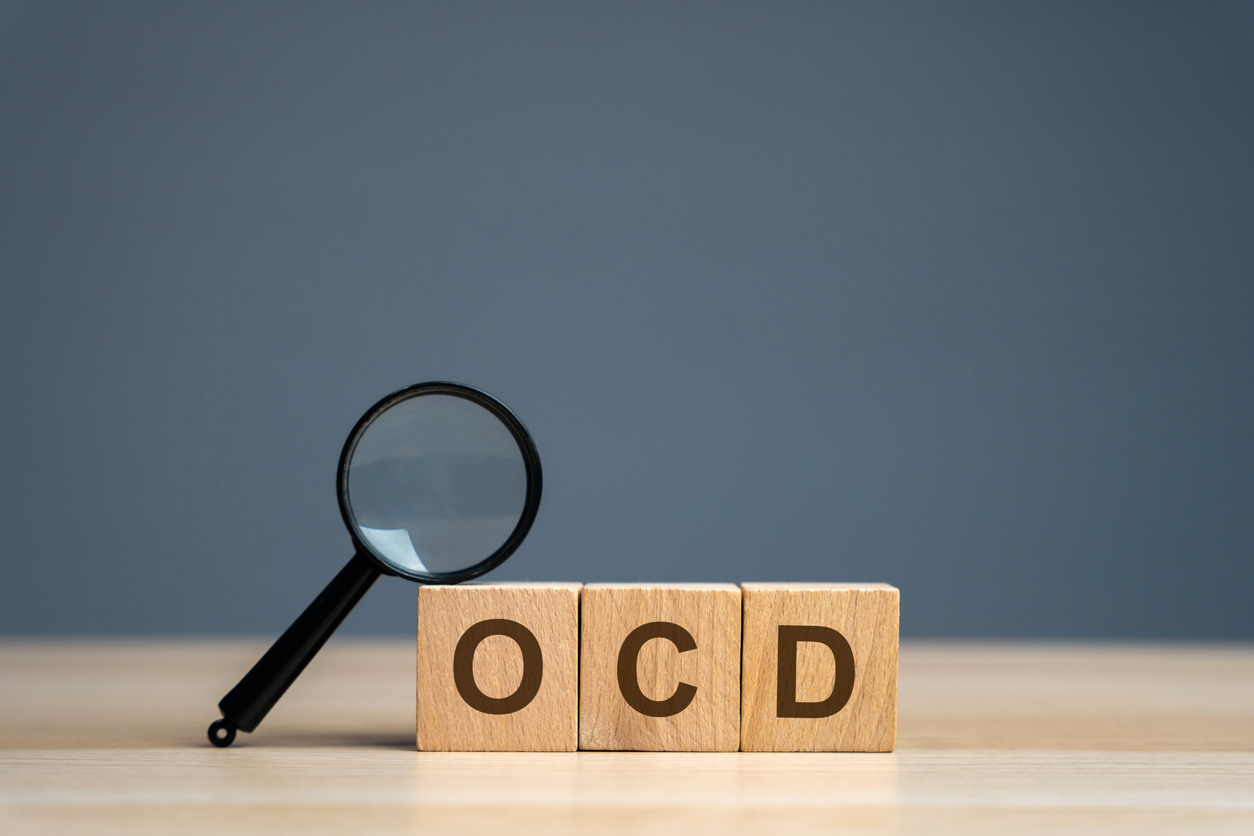Common OCD Symptoms
OCD (Obsessive-Compulsive Disorder) is characterized by a cycle of obsessions (intrusive thoughts or fears) and compulsions (repetitive behaviors or mental rituals). These are not simply habits or preferences—they cause significant distress and interfere with daily life.
Obsessions (Intrusive Thoughts or Fears)
-
Fear of contamination (germs, dirt, illness)
-
Fear of harming oneself or others, even unintentionally
-
Intrusive sexual, religious or violent thoughts
-
Extreme concern with order, symmetry or exactness
-
Fear of losing control or making a mistake
-
Needing to know or remember things perfectly
Compulsions (Mental or Physical Actions)
-
Excessive handwashing or cleaning
-
Repeated checking (locks, appliances, health symptoms)
-
Counting, tapping or repeating words silently
-
Rewriting or redoing tasks until they feel “just right”
-
Hoarding or inability to discard items
-
Seeking reassurance from others to relieve anxiety

Common Misconceptions About OCD
Common Misconceptions
❌ "OCD is just about being clean or neat."
While some people with OCD do have contamination fears, OCD is not the same as being tidy or organized. Many sufferers have obsessions and compulsions unrelated to cleanliness, such as harm or moral perfection.
❌ "Everyone is a little OCD."
People often say this to describe quirks, but true OCD involves distressing, uncontrollable thoughts and rituals that disrupt life—it’s a serious mental health condition, not a personality trait.
❌ "People with OCD can just stop if they try hard enough."
OCD is not about willpower. The compulsive behaviors are driven by overwhelming anxiety and stopping without treatment can feel impossible.
❌ "OCD only affects adults."
OCD can start in childhood or adolescence. Early signs in kids often include checking, repetitive questioning or rituals around bedtime, homework or hygiene.
